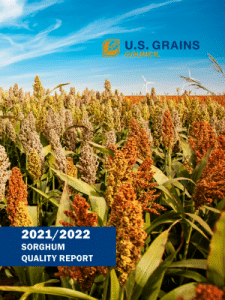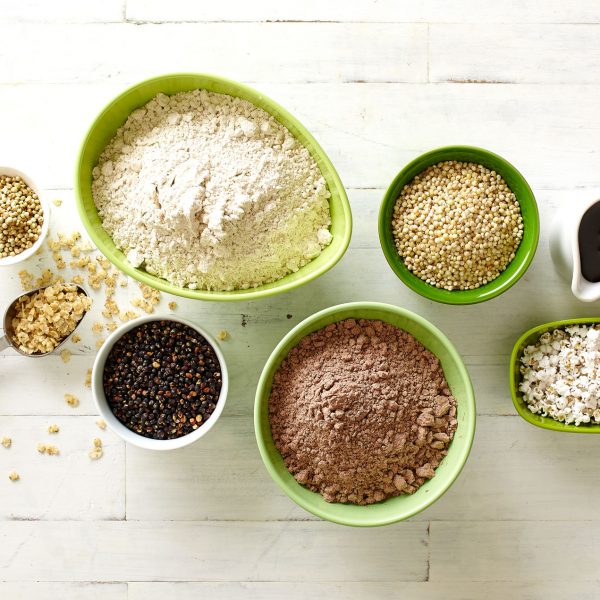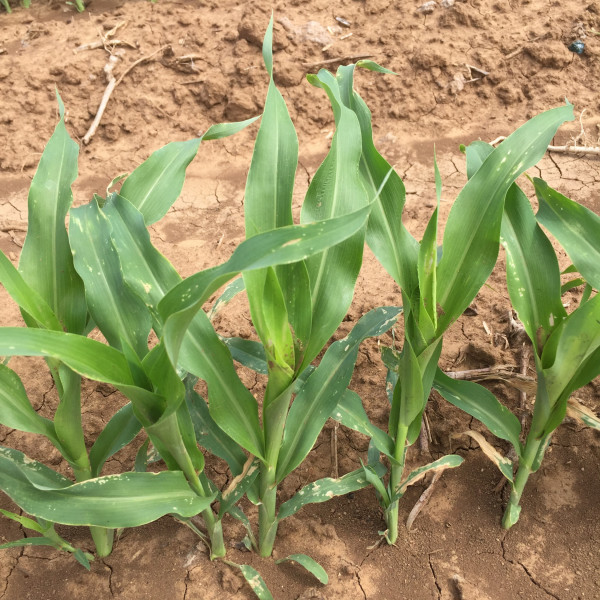
2021/22 Sorghum Quality Report Released By U.S. Grains Council
The U.S. Grains Council (USGC) has published its 2021/2022 Sorghum Quality Report and for the third year in a row, U.S. sorghum was, on average, graded above necessary requirements for U.S. No. 1.
Protein content in sorghum was up eight percent year over year, with readings coming in at 11.3 percent, up slightly from last year’s crop.
“Protein content in sorghum is very valuable when evaluating sorghum against other feed grains,” said Paige Stevenson, USGC manager of global trade. “In a market environment where protein demand is high, every percentage point counts in animal diets.”
The report, funded through the U.S. Department of Agriculture’s Foreign Agricultural Service (USDA’s FAS) Agricultural Trade Promotion (ATP) program, provides international customers and other interested parties accurate, unbiased information about the 2021 U.S. sorghum crop.
To generate the report’s findings, a total of 97 samples were collected from 13 participating elevators located in Texas, Kansas, Nebraska and South Dakota between Sept. 20, 2021 and Feb. 16, 2022 and were analyzed by the Amarillo Grain Exchange and the Cereal Quality Lab at Texas A&M University. Scientists there calculated averages and standard deviations for each quality factor tested and reported results for the U.S. aggregate.
Total sorghum damage came in at just 0.0 percent in the aggregate, and broken kernel and foreign material (BNFM) was only 1.5 percent, both similar to last year’s results, highlighting how hard the grain is and how well it holds up during handling and storage.
For the second year in a row, 100 percent of the samples tested undetectable for tannins.
“Many other growing regions that raise red sorghum have tannins in the grain,” said Stevenson. “However, here in the U.S., we grow a non-tannin red variety. This is proven again in this year’s report and is a positive for livestock producers using it, as high-tannin sorghum can interfere with nutrient absorption by livestock.”
This report is the third one completed since the 2016/2017 sorghum crop. The Council plans to roll out the information through webinar distribution around the world.
“Being the third consecutive report, this valuable information helps fulfill the Council’s mission by providing in depth information about the U.S. sorghum crop and allows buyers around the world an opportunity to see trends in U.S. sorghum quality,” Stevenson said. “We hope the 2021/2022 Sorghum Quality Report helps give our valued trade partners confidence in the sorghum U.S. producers are raising.”



